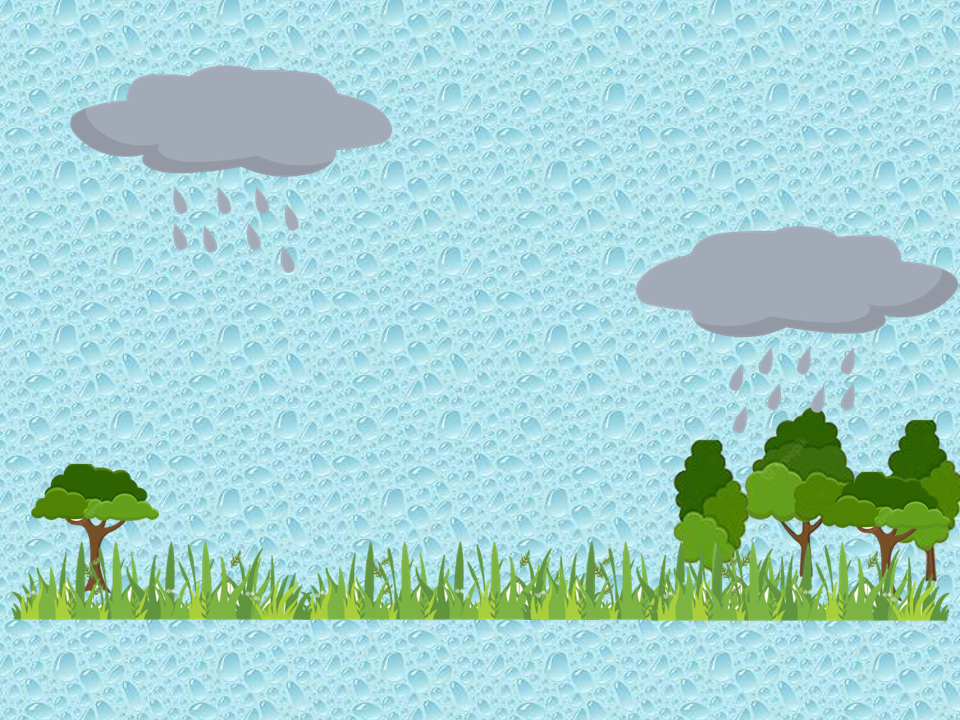Pick Up
1214. Deforestation in the Amazon Leads to More Extreme Rainfall Patterns during the Wet and Dry Seasons

1214. Deforestation in the Amazon Leads to More Extreme Rainfall Patterns during the Wet and Dry Seasons
Changes in the inflow and redistribution of moisture in the atmosphere affect rainfall patterns. Deforestation affects the local climate by changing the water balance, wind patterns, and the flow of heat and radiation between the Earth's surface and the atmosphere. The situation is further complicated by the fact that deforestation also contributes to global climate change as a result of carbon trapped in forest ecosystems being released into the atmosphere as carbon dioxide. Due to the interplay of these effects, the overall impact of deforestation on rainfall is notoriously difficult to quantify, especially in data-scarce regions such as the Amazon rainforest. Furthermore, previous studies have focused on the effects of annual averages and tended to ignore seasonal variations.
A paper published in Nature analyzed seasonal rainfall changes in the Amazon after deforestation using satellite data and climate simulations, showing that deforestation increases rainfall during the rainy season but reduces it during the dry season when ecosystems need water the most, highlighting the need to prevent the felling of forests that have a climate-regulating function.
Deforestation in the tropics has two main effects that trigger a rainfall response. First, it reduces the amount of water that evaporates from vegetation, reducing the amount of moisture that enters the atmosphere and reducing the likelihood of rainfall. Second, deforestation makes the land surface relatively warmer, which can trigger updrafts and the formation of cyclones. Such "thermal lows" attract moisture from upwind areas, increasing cloud cover and rainfall in deforested areas, while decreasing rainfall in upwind areas. Depending on which of the two effects dominates in a particular location, deforested areas may experience increased or decreased rainfall.
The authors found that during the wet season (December to February), deforestation transports atmospheric moisture towards the deforested forest patches, increasing rainfall locally and decreasing rainfall upwind. In other words, the main influence during the wet season is the thermal lows and the associated wind circulation response. In contrast, during the dry season (June to August), the main influence is reduced evaporation from vegetation, reducing atmospheric moisture availability and rainfall over a wider area. Simulations and satellite data consistently show this seasonal contrast, reinforcing the reliability of the findings.
Deforestation was initially a problem in mid-latitude regions, but since 2000 it has intensified in tropical regions such as the Amazon Basin, the Congo Basin in Africa, and Southeast Asia. These tropical regions will continue to be hotspots of global deforestation unless decisive measures are taken. The combination of deforestation and climate change, which reduces rainfall, can lead to degradation of vegetation and reduced evaporation of water. This can further exacerbate the decline in rainfall and trigger feedback mechanisms that can lead to widespread dieback of Amazon forests. Experts estimate that if warming increases by 2 °C above pre-industrial levels, the Amazon could collapse into a savannah-like state. The combined effects of warming and deforestation could put 10-47% of Amazon forests at risk of unexpected ecosystem transition in 2050.
Only when the interactions between climate change, deforestation, and vegetation health are combined can the risk of collapse be truly assessed. Given the seasonality shown in this study, Amazon forests could collapse into a savannah-like state. Previous efforts to combat droughts and extreme heat will be an essential step in this process.
(Reference)
Qin, Y., Wang, D., Ziegler, A.D. et al. Impact of Amazonian deforestation on precipitation reverses between seasons. Nature 639, 102–108 (2025). https://doi.org/10.1038/s41586-024-08570-y
Contributor: Miyuki IIYAMA, Information Program
